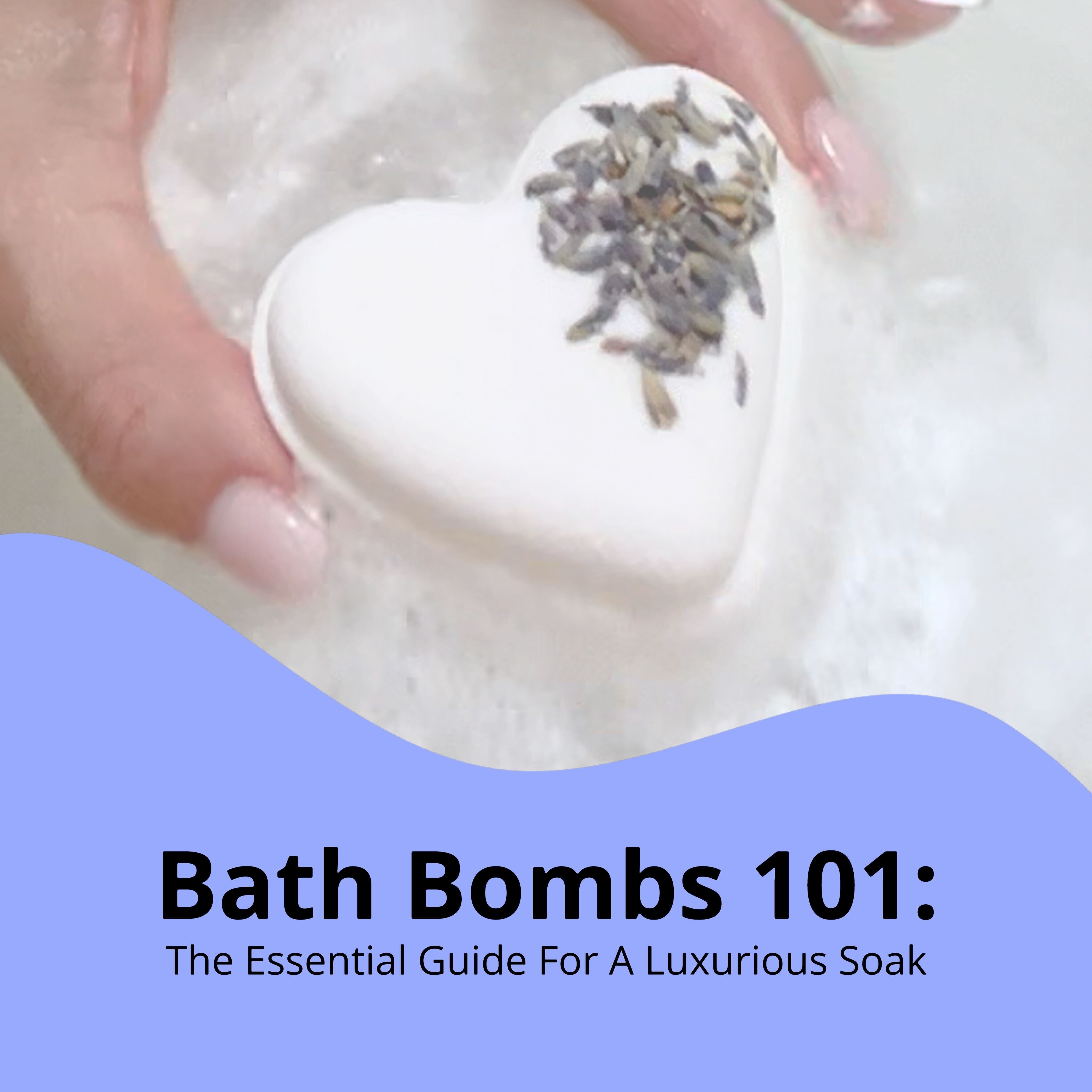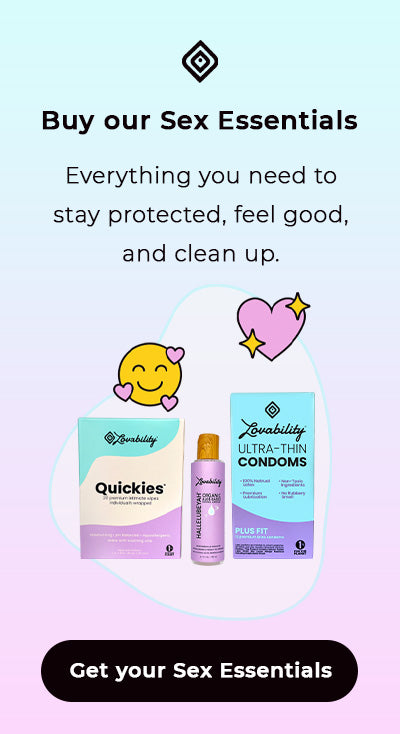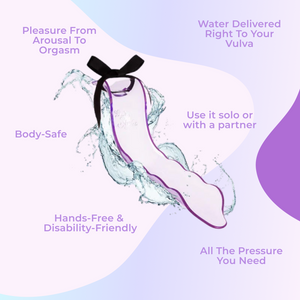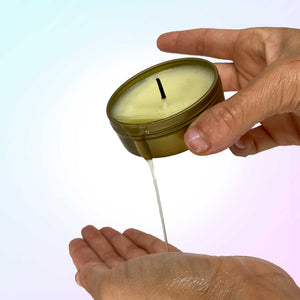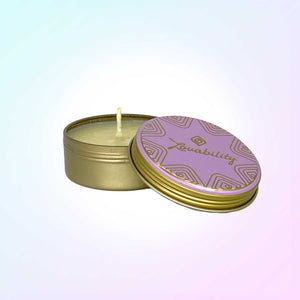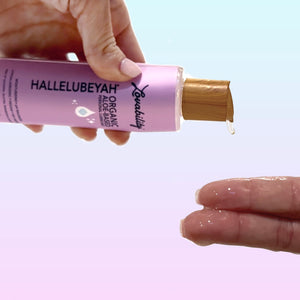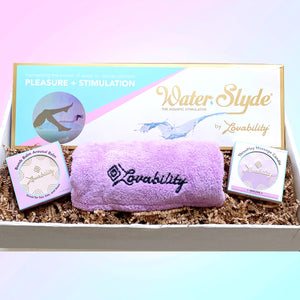In the realm of self-care rituals, few things rival the indulgent allure of a luxurious bath infused with the fizzing magic of a bath bomb. These delightful spheres of effervescence have taken the world by storm, transforming ordinary baths into sensory experiences that delight the senses and soothe the soul.
What Is A Bath Bomb?
A bath bomb is a compacted mixture of dry ingredients that dissolves rapidly when submerged in warm water, releasing a delightful effervescence and aromatic fragrance.
Bath bombs are usually made from a combination of baking soda (sodium bicarbonate), citric acid, essential oils, and other skin-nourishing ingredients. When dropped into a warm bath, the reaction between the citric acid and baking soda produces carbon dioxide gas, resulting in the fizzing and bubbling effect that bath bomb enthusiasts adore.
Why Are Bath Bombs So Popular?
The popularity of bath bombs can be attributed to several factors:
1. Sensory Experience: Bath bombs transform ordinary baths into indulgent sensory experiences, with vibrant colors, mesmerizing fizz, and enchanting fragrances that tantalize the senses.
2. Skin Benefits: Many bath bombs are infused with nourishing ingredients such as essential oils, moisturizers, and Epsom salts, which can help soften the skin, soothe sore muscles, and promote relaxation.
3. Aromatherapy: The aromatic scents of essential oils used in bath bombs can evoke feelings of calm, uplift the mood, and enhance overall well-being through the power of aromatherapy.
4. Self-Care Ritual: Bath time becomes an opportunity for self-care and relaxation, allowing individuals to unwind, de-stress, and pamper themselves after a long day.
Body-Safe Ingredients For Bath Bombs
When selecting bath bombs, it's essential to prioritize ingredients that are gentle, body-safe, and suitable for sensitive skin, including the delicate vaginal area. Here are some ideal ingredients to look for:
- Sodium Bicarbonate (Baking Soda): Helps soften the water and soothe the skin.
- Citric Acid: Creates the fizzing reaction when combined with baking soda.
- Natural Essential Oils: Provides aromatic fragrance and potential therapeutic benefits. Opt for gentle options such as lavender, chamomile, or rose.
- Skin-Nourishing Oils: Coconut oil, sweet almond oil, or shea butter can help moisturize and soften the skin.
- Organic Botanicals: Dried flowers, herbs, or petals can add visual appeal, gentle exfoliation, and perhaps even therapeutic benefits (such as lavender for relaxation).
About Cornstarch In Bath Bombs
Many bath bombs also contain cornstarch as both a filler and a "hardener" to slow down the fizzing reaction (making the bomb last longer). There's some disagreement regarding the potential impact of cornstarch on your skin and vagina; if you're sensitive to corn starch, the good news is that you can make a very good bath bomb without it and alternatives, like potato starch, are starting to emerge.
Is An Emulsifier Needed In Bath Bombs?
An emulsifier is considered a key ingredient in Bath Bombs as it helps the oil(s) and colors blend in with the bath water. Without it, the oils (along with their scents) and colors float to the top of your bath to potentially form a slick layer that sticks to everything (including you - for some that's a big plus, however).
The most recommended emulsifier to make bath bombs is Polysorbate 80, an effective if not controversial synthetic (non-natural) compound. Efforts to source and blend natural alternatives, such as shea butter, are growing in popularity. Others are focused on offering body-safe, all-natural bath bombs, leaving the emulsifier - along with colors and fragrances - out of the ingredients all together.
About Surfactants In Bath Bombs
Bath bomb makers often include a surfactant to their ingredients. Blending in a surfactant produces a luxurious and longer-lasting sheet of foam in the tub; it can also help to solubilize the oil-based ingredients.
Not all surfactants are the same. Sodium Lauryl Sulphate, or SLS, while found in many brand-name cleaning products for it's low price and effective degreaser, is harsh on the skin. Sodium Lauryl Sulfoacetate, or SLSa, on the other hand, is derived from coconut and palm oils (a different issue) and is considered skin-friendly, if not simply milder on the skin.
Harmful Chemicals To Avoid In A Bath Bomb
To ensure a safe and enjoyable bathing experience, it's important to steer clear of harmful ingredients that may cause irritation or adverse reactions, especially in sensitive areas like the vagina. Here are some ingredients to avoid:
- Artificial Fragrances: Synthetic fragrances and oils can contain phthalates and other chemicals that may irritate the skin or disrupt hormonal balance.
- Synthetic Dyes: Artificial colors can potentially stain the skin and bathtub and may contain chemicals that are harmful to health.
- Harsh Chemicals: Avoid ingredients such as parabens, sulfates, and preservatives which can be harsh and drying to the skin.
- Glitter or Mica: While visually appealing, glitter and mica particles can be abrasive and difficult to wash away, potentially causing irritation or infection.
Do Bath Bombs Expire?
Yes, bath bombs can expire over time, particularly if they are not stored properly.
The shelf life of a bath bomb depends on the freshness of its ingredients and how it's stored. Well-made bath bombs can last up to six months to one year when stored in a cool, dry place away from moisture, humidity, and direct sunlight.
How To Store Bath Bombs (So They Last Longer)
To prolong the shelf life of your bath bombs and maintain their quality, follow these storage tips:
- Keep Them Dry: Store bath bombs in an airtight container or resealable bag to protect them from moisture and humidity, which can cause them to lose their fizziness and break down prematurely.
- Avoid Heat and Sunlight: Store bath bombs in a cool, dry place away from direct sunlight and heat sources, as exposure to high temperatures can cause them to melt or become misshapen.
- Use Them Regularly: While bath bombs can last for several months, it is best to use them when they are fresh and potent. Rotate your collection to enjoy a variety of scents and benefits.
- Inspect for Signs of Spoilage: Before using a bath bomb, check for any signs of spoilage, such as discoloration, crumbling, or an off smell. If in doubt, it's best to discard the bath bomb and buy a fresh one.
Why Are Bath Bombs Wrapped In Plastic?
While most bath bombs come individually wrapped in plastic for protection and presentation, it's not necessary so long as you store them properly in an airtight container or resealable bag (please don't shrink wrap them yourself!).
We encourage everyone to please reduce plastic waste by opting for eco-friendly packaging or reusable containers to minimize environmental impact.
Is It Safe To Use Bath Bombs During Pregnancy?
While bath bombs are generally safe for most individuals, including pregnant women, it's essential to exercise caution and consider any potential risks, especially if you have specific health concerns. Some factors to consider include:
- Ingredients: Choose bath bombs made from gentle, body-safe ingredients and avoid those containing artificial fragrances, dyes, or harsh chemicals that may cause irritation or allergic reactions.
- Temperature: Ensure that the bath water is comfortably warm rather than hot, as prolonged exposure to hot water during pregnancy can potentially raise the body temperature and pose risks to fetal development.
- Consultation: If you have any concerns or medical conditions, consult with your healthcare provider before using bath bombs or engaging in hot baths during pregnancy.
Are Bath Bombs Vegan?
Most bath bombs on the market are cruelty-free as well as vegan, but you have to look carefully. A couple of ingredients to consider:
- Honey: Because honey is made by living bees, a bath bomb made with honey (mel) is technically not vegan.
- Polysorbates: Polysorbate 80, commonly used as an emulsifier and solubilizer in bath bombs (helping mix oils into the water), can be created with either vegetable or animal sources, so inquire with the manufacturer.
How Often Can you Safely Use A Bath Bomb?
The frequency of bath bomb use depends on individual preferences, skin sensitivity, and any underlying health conditions. While some people enjoy using bath bombs regularly - or even daily - as part of their self-care routine, others may prefer using them less frequently to avoid potential irritation or dryness.
Listen to your body and adjust the frequency of bath bomb use accordingly. If you experience any adverse reactions, such as irritation or discomfort, consider reducing the frequency or discontinuing use altogether.
Are Bath Bombs Safe For The Tub?
In general, bath bombs are safe for most tubs when used as directed. However, certain factors should be considered to ensure safety:
-
Tub Material: Bath bombs are typically safe for acrylic, fiberglass, porcelain, and enamel tubs. However, they may cause discoloration or residue buildup on older or porous surfaces.
-
Quality: Choose high-quality bath bombs made with safe, non-staining ingredients (or no coloring at all) to minimize the risk of tub discoloration.
-
Cleaning: Rinse the tub thoroughly after each use to remove any residue or colorants left behind by the bath bomb.
-
Frequency: Using bath bombs excessively or leaving them in the tub for extended periods may increase the risk of residue buildup or staining.
-
Precautions: If you have concerns about your tub's safety, consider testing a small area with a bath bomb before using it in the entire tub.
Thankfully, since they don’t inherently contain ingredients that are harmful to your tub or the drains, bath bombs are generally safe for tubs and can plus-up your bath experience without causing damage.
How Do Bath Bombs Differ From Bath Salts?
Bath bombs and bath salts can both enhance the bathing experience, but they differ in several key ways. Bath bombs are solid mixtures of dry ingredients, including baking soda and citric acid, that fizz and release fragrances when submerged in water, creating a bubbly and aromatic bath experience. Bath salts, on the other hand, consist of crystallized mineral salts, promoting relaxation and muscle relief through mineral absorption. They dissolve more slowly in the water, providing a soothing soak without fizz but with a subtle, lingering scent.
__________________________________
In conclusion, bath bombs offer a delightful way to elevate your bath time experience with fizzing, fragrant indulgence. By selecting bath bombs made from safe, body-friendly ingredients, storing them properly, and considering individual health concerns, you can enjoy luxurious soaks that nurture the body and soul. Whether you're unwinding after a long day or pampering yourself during pregnancy, bath bombs invite you to immerse yourself in a world of relaxation and rejuvenation, one effervescent soak at a time.
More Articles You Might Love
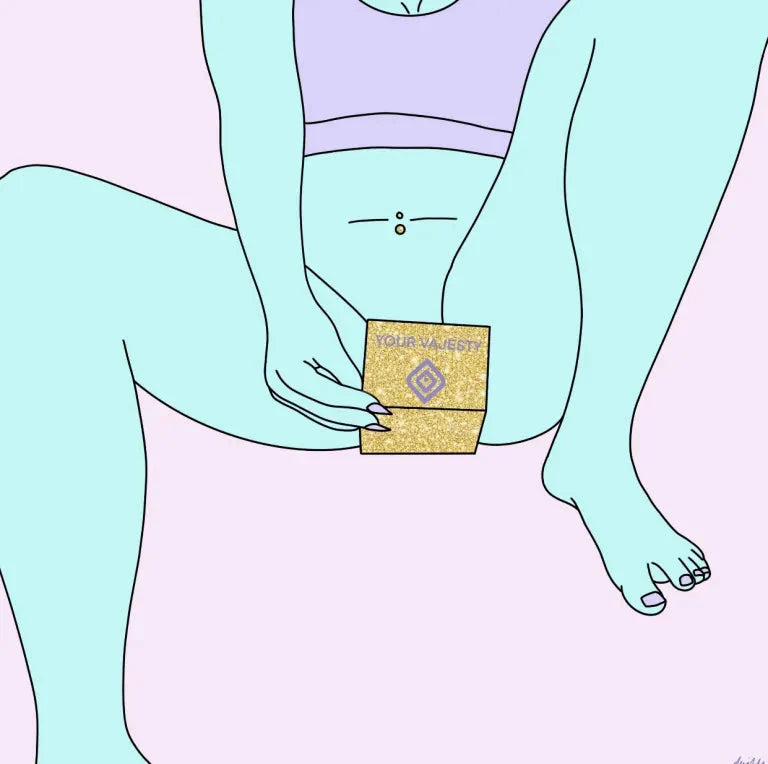
Get To Know Your Vulva











